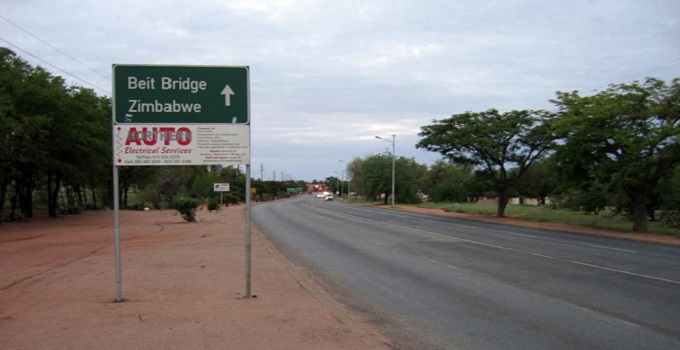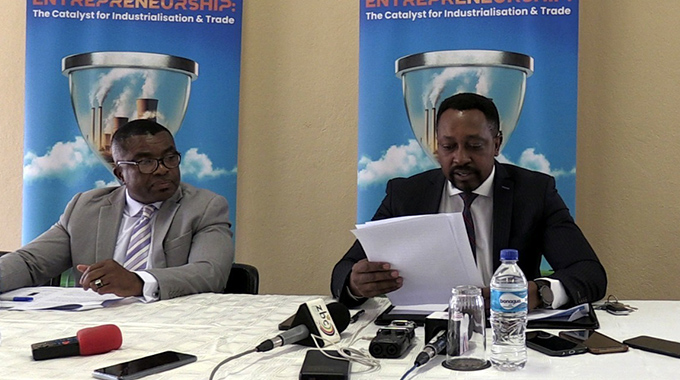Miners seek downward review of fees, levies

Oliver Kazunga, Senior Business Reporter
SMALL-scale miners are seeking a downward review of mining levies and fees by margins ranging between 75 percent and 97 percent to foster increased output by players in the sector.
Speaking at the small-scale mining conference in Bulawayo last week, Zimbabwe Miners Federation (ZMF) president Ms Henrietta Rushwaya said they were also appealing to the Government to remove multiple taxes that miners were being charged.
The multiple taxes include those charges levied by the Environmental Management Agency, Ministry of Mines and Mining Development, Rural District Councils and other Government departments.
“In so far as the Ministry of Mines and Mining Development is concerned, we (ZMF) are engaging the ministry through our patron who happens to be the Minister of Mines (Winston Chitando) to have levies and fees revised downwards so that they are not inhibitive,” said Ms Rushwaya.
“The custom milling licence, which has been pegged at $5 000, we are suggesting or requesting that Government reviews this downwards to $1 000. On exorbitant and prohibitive charges on explosives amounting to $2 000, we’ve requested that this be reduced to $50. Special grants registration, which is currently pegged at a $1 000, we are suggesting that this be reviewed to $200,” she said.
ZMF, which is the mother body of small-scale miners in the country, also looks forward to a reduction in prospecting fees from $200 to $50.
The small-scale miners’ representative body also wants mining claim registration fees, which are presently pegged at $200, to be reviewed downwards to $50.
“Currently, please note that we only have 16 percent of the miners who are registered in accordance with the Mines and Minerals Regulation Act Chapter 2105 and 84 percent are the illegal miners . . . our maps in the various ministry offices are so worn out that there are no co-ordinates and consequently disputes in various regions are a result of our maps, which are not legible,” Ms Rushwaya said.
Last year, Government announced that it had started implementing the computerisation of the country’s register of mining rights and titles to unlock value in the sector as well as curbing double allocation of mining claims. In implementation of the cadastre system, the Government has called on the mining title holders (companies or individuals) to co-operate in updating information at their specific mining sites.
The cadastre system is a computerised mineral register with a central database for storage of information on applications and licences.
In line with the new mineral cadastre system, a mining title would be issued in the form of a mining lease, where the title extends over four or more contiguous blocks.
“We are eagerly waiting for the cadastre system so that the new maps that we would have acquired will also help in resolving these unnecessary disputes currently bedeviling the mining industry,” said Ms Rushwaya.
The small-scale mining sector has become pivotal in contributing to the Gross Domestic Product as well as generation of foreign currency in the country.
Official figures show that of the 28,2 tonnes of gold produced in the country between January and last month, 19,2 tonnes were delivered by small-scale miners to Fidelity Printers and Refiners, the country’s sole gold buyers. — @okazunga











Comments